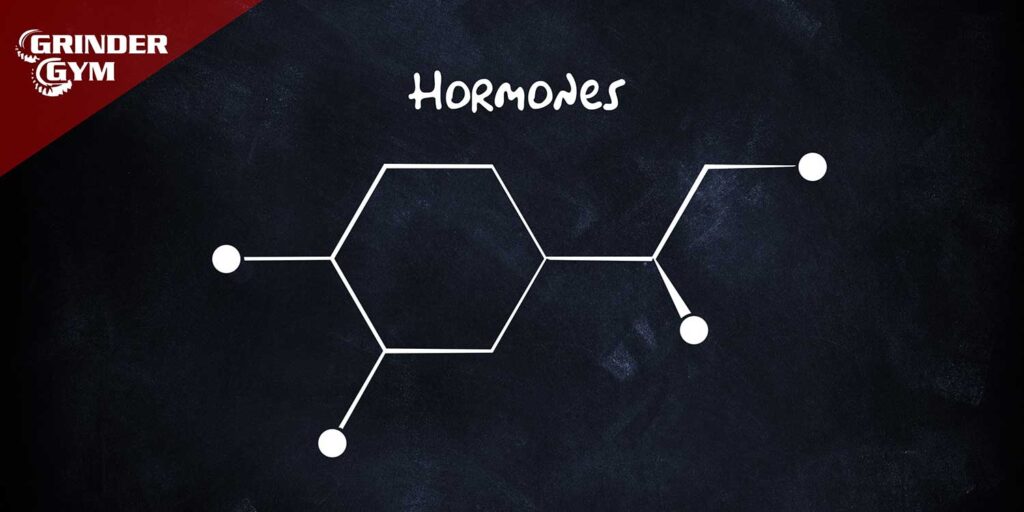
A tripeptide that promotes wound healing and skin regeneration. GHK-Cu enhances collagen production, improves skin elasticity, and reduces inflammation.
Common Name:
GHK-Cu, Copper Peptide
Compound Name:
Copper Tripeptide-1
Chemical Formula:
C14H24N6O4Cu
Molecular Weight:
403.9 g/mol
Sequence and Amino Acid Composition:
- Sequence: Gly-His-Lys
- Amino Acid Profile:
- Glycine (G):
- Frequency: 1
- Properties: Smallest amino acid, provides flexibility.
- Role in the Peptide: Facilitates the attachment of copper and enhances skin penetration.
- Histidine (H):
- Frequency: 1
- Properties: Contains an imidazole ring capable of binding metal ions.
- Role in the Peptide: Central to copper binding; crucial for the peptide’s biological activity.
- Lysine (K):
- Frequency: 1
- Properties: Positively charged, involved in binding and structural roles in proteins.
- Role in the Peptide: Helps stabilize the copper complex and enhance cell signaling.
- Glycine (G):
Structure:
GHK-Cu is a tripeptide complexed with a copper ion, enhancing its stability and biological activity. The peptide binds copper through the imidazole ring of histidine and the amino group of lysine.
Synthesis Method:
Synthesized via solid-phase peptide synthesis, allowing for precise control over the amino acid sequence and high purity of the final product.
Solubility:
Soluble in water and compatible with most cosmetic formulations.
Stability:
Stable under typical cosmetic storage conditions. Copper may oxidize over time, so it is best stored in airtight containers away from light.
Function:
GHK-Cu plays multiple roles in the body, primarily related to its healing properties. It stimulates collagen and glycosaminoglycan synthesis in skin fibroblasts, promotes angiogenesis, and supports anti-inflammatory responses. It also has antioxidant properties, helping to neutralize free radicals.
Benefits and Uses:
- Widely used in anti-aging skincare products for its ability to promote collagen synthesis, enhancing skin elasticity and firmness.
- Employed in wound healing products due to its ability to accelerate tissue repair.
- Investigated for potential use in hair growth products, stimulating follicle cell activity.
Side Effects:
Generally well-tolerated when used topically; however, excessive use can lead to skin irritation in sensitive individuals. Copper can be toxic in high amounts, so formulation concentrations must be carefully controlled.
Regulatory Status:
Widely recognized and used in cosmetic products globally. Not classified as a drug, so it does not require FDA approval for use in cosmetics.
ARTICLES




Comments are closed